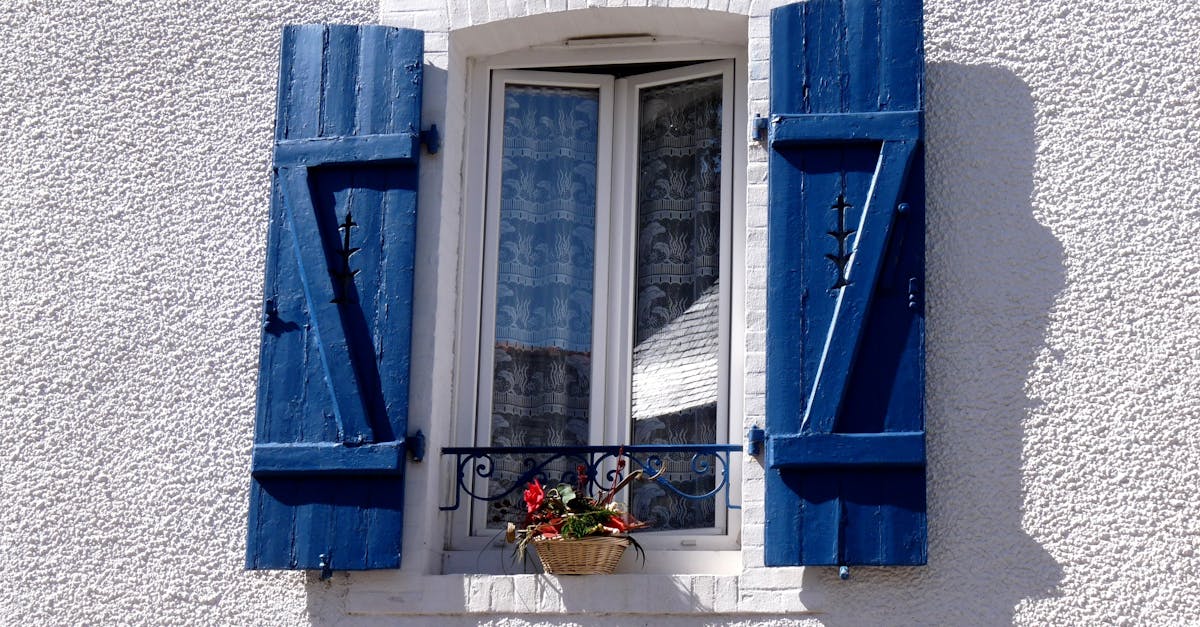What colour schemes work best with brick cladding?
Preventing and Treating Mildew on Composite SurfacesMaintaining Brick Cladding
Regular cleaning is essential to preserve the appearance of brick cladding. Over time, dirt, moss, and algae can accumulate on the surface, detracting from its visual appeal. A gentle pressure wash can effectively remove stubborn grime without causing damage. For more delicate situations, a simple mixture of water and mild detergent can be applied using a cloth or sponge, ensuring all contaminants are carefully wiped away. This routine maintenance helps to maintain a fresh look while preventing long-term damage to the brick.
It is also crucial to inspect the mortar joints regularly. Cracks or deterioration in the mortar can lead to moisture infiltration, ultimately affecting the structural integrity of the cladding. Any evident damage should be addressed promptly by re-pointing the mortar to ensure a weather-tight seal. Keeping an eye out for signs of wear also allows homeowners to make timely repairs, thereby extending the lifespan of their brick cladding and enhancing overall durability.
2024-08-14Tips for Longlasting Durability
Investing in high-quality materials is essential for ensuring the longevity of brick cladding. Selecting bricks that are both durable and resistant to weathering can prevent premature wear and fading. Proper installation techniques play a crucial role in durability as well. Engaging experienced professionals to install the cladding can help identify potential issues such as moisture intru

Choosing a suitable colour palette for brick cladding involves careful consideration of both the style of your home and the surrounding environment. A warm, earthy palette can harmonise beautifully with natural landscapes, complementing green foliage and timber elements. Shades such as terracotta, muted oranges, or soft browns can enhance the warmth inherent in tradit2024-08-14What causes mildew to grow on composite surfaces?ional brick patterns. Alternatively, a cooler palette with shades of grey, soft blues, or whites can create a contemporary feel, aligning well with more modern architectural designs.Benefits of Bamboo Cladding for Sustainable Building
When selecting colours, consider how they interact with other exterior features such as roofing, window frames, and landscaping. A cohesive look encourages visual harmony across your property. Test paint swatches or coloured samples against your brick cladding in different lighting conditions. The interplay of light can significantly alter colour perception, ensuring that what may look appealing in one setting appears equally striking in another.
Table Of ContentsHow can I prevent mildew from forming on my composite surfaces?FAQS
What are some natural remedies for treating mildew on composite surfaces?Brick cladding is a decorative layer of brick that is applied to the exterior of a building. It enhances curb appeal by providing a classic, timeless look that can elevate the overall aesthetics of a property.
How Cladding Can Improve Home Insulation How do I maintain my brick cladding?Sydney Stone Wall Cladding
What are some tips for ensuring the durability of brick cladding?
Finding the Right Look for Your HomeAre there eco-friendly solutions available for treating mildew?To ensure long-lasting durability, choose high-quality bricks, ensure proper installation, and perform regular maintenance. Additionally, avoid using harsh chemicals for cleaning, as they can damage the brick surface.
Regular cleaning can effectively maintain the appearance of composite surfaces and prevent mildew growth. Begin by gathering your cleaning supplies, which should include a soft-bristle brush, mild detergent, warm water, and a bucket. Rinse the area with water to remove any loose dirt or debris. Combine the mild detergent with warm water in the bucket. Use the soft-bristle brush to gently scrub the affected areas, ensuring thorough coverage while being careful not to damage the surface.Yes, integrating architectural elements such as mouldings, window boxes, or decorative trims can enhance the visual interest of brick cladding. These features can create a cohesive look that complements the brick.
Tips for Selecting a Skilled ProfessionalOnce the scrubbing is complete, it's important to rinse the area thoroughly with clean water. This step eliminates any remaining soap residue that could attract dirt and may lead to mildew returning. For stubborn mildew spots, repeat the scrubbing process as necessary. After rinsing, allow the composite surface to dry completely in the sunlight, as sunlight can help further reduce moisture levels and inhibit any potential regrowth of mildew.What colour schemes work best with brick cladding?
The Environmental Impact of Brick Cladding ChoicesUnderstanding the Different Types of Brick for Cladding